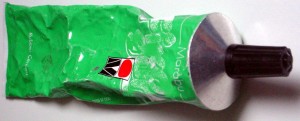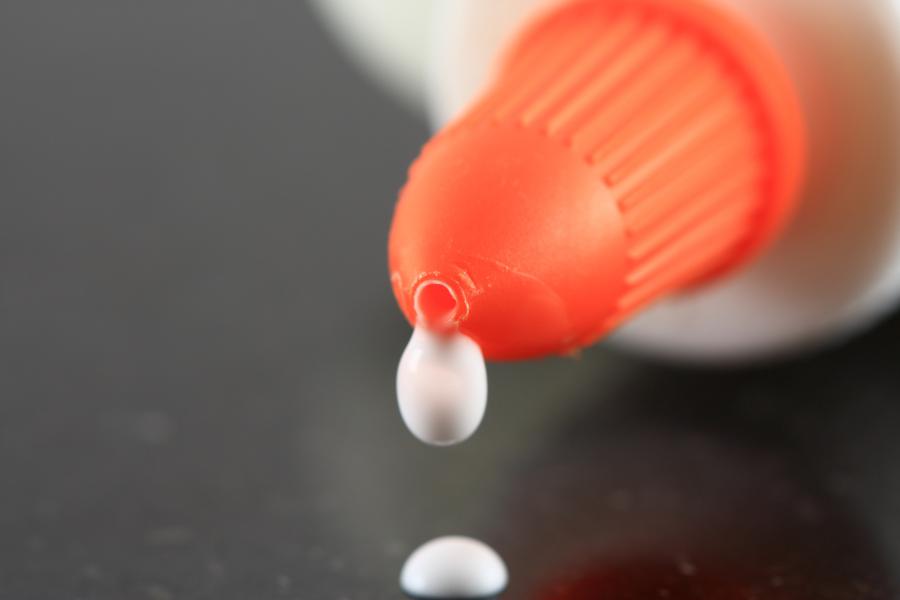There are many types of glue available in the market. How do we know which among them is the best and strongest wood glue? For many centuries, animal or hide glue were used for woodwork. Although they are still used today, other kinds of glue like polyurethane (Gorilla glue), polyvinyl acetate (PVA), cyanoacrylates (superglue), and epoxy resin have also emerged. Each of these types of furniture glue have their own unique properties, but the top three that are recognized as premier wordworking glues are PVA, polyurethane, and hide glue.
PVA Glue
PVA glue, also known as “aliphatic resins”, is great for wood-to-wood bonding, but it is not very effective in attaching nonporous materials. It also doesn’t stick well to other glues, so it is not advisable to use it for repairing old furniture glue problems. Although some may argue that old glue can be removed and then replaced by the PVA, it is actually very hard to do this unless the furniture is disassembled. In addition to that, not all PVA glues are water resistant so they might not be the best choice to use as furniture glue, especially when the furniture will be used outdoors. When using this kind of glue, the wood parts being bonded should be firmly clamped since movement will cause the glue to break and become weaker. One study showed that PVA is actually the strongest wood glue for regular wood joints, even being stronger than the wood itself, but some also say otherwise.
Polyurethane Glue
Some would argue that polyurethane glue is the best wood glue since it is waterproof, accepts wood stains, and sands well in thin coatings. Unlike PVA, this type of glue can strongly bond materials other than wood. Polyurethane also expands due to chemical reactions with moisture and air so it can fill voids that other glues can’t fill. This makes exceptionally solid glue joints, and therefore, sturdier furniture. Furthermore, it has a longer setting time than PVA so there is more time to fix misaligned clamps. Unlike other types of glues that become sealers on the wood surface, polyurethane glue doesn’t dry to a “gummy” texture. However, because it reacts with moisture, it has a tendency to harden in its container when moist air becomes trapped within it. It’s also very messy and hard to remove since most solvents are ineffective on it. It is therefore advised that you use gloves when working with this kind of glue so that you won’t get it stuck in your hands.

Hide Glues
Hide glues, on the other hand, are often thought of as the best furniture glue since they do not creep and they can have varying degrees of initial tack. Since
you have to manually heat and mix it to get the right consistency and tackiness, it’s custom-made for each type of wood and thus will often work better than the other glues. It’s also very easy to repair since it can be reactivated by moisture, which means it is very helpful in furniture restoration. However, this may also be a problem for furniture stored in damp locations. Because of this, certain hide glue formulas and formula finishes have been made to stop or slow the glue failure. Unfortunately, no one uses hide glue very much anymore since it requires a lot of work before use. This is very unappealing compared to the easy squeeze bottles that other glues come in. There is actually a one-step product hide glue available but it is also not very favorable since it doesn’t have a long shelf life once opened.
As of now, the best and strongest wood glue has not been pinpointed yet. However, the three types of glue mentioned above are the ones most likely to receive the title. Since each of them has their own strengths and weaknesses, the use of these glues should depend upon what you’re going to use them for and where you’re going to use them on.
For more information please visit:

